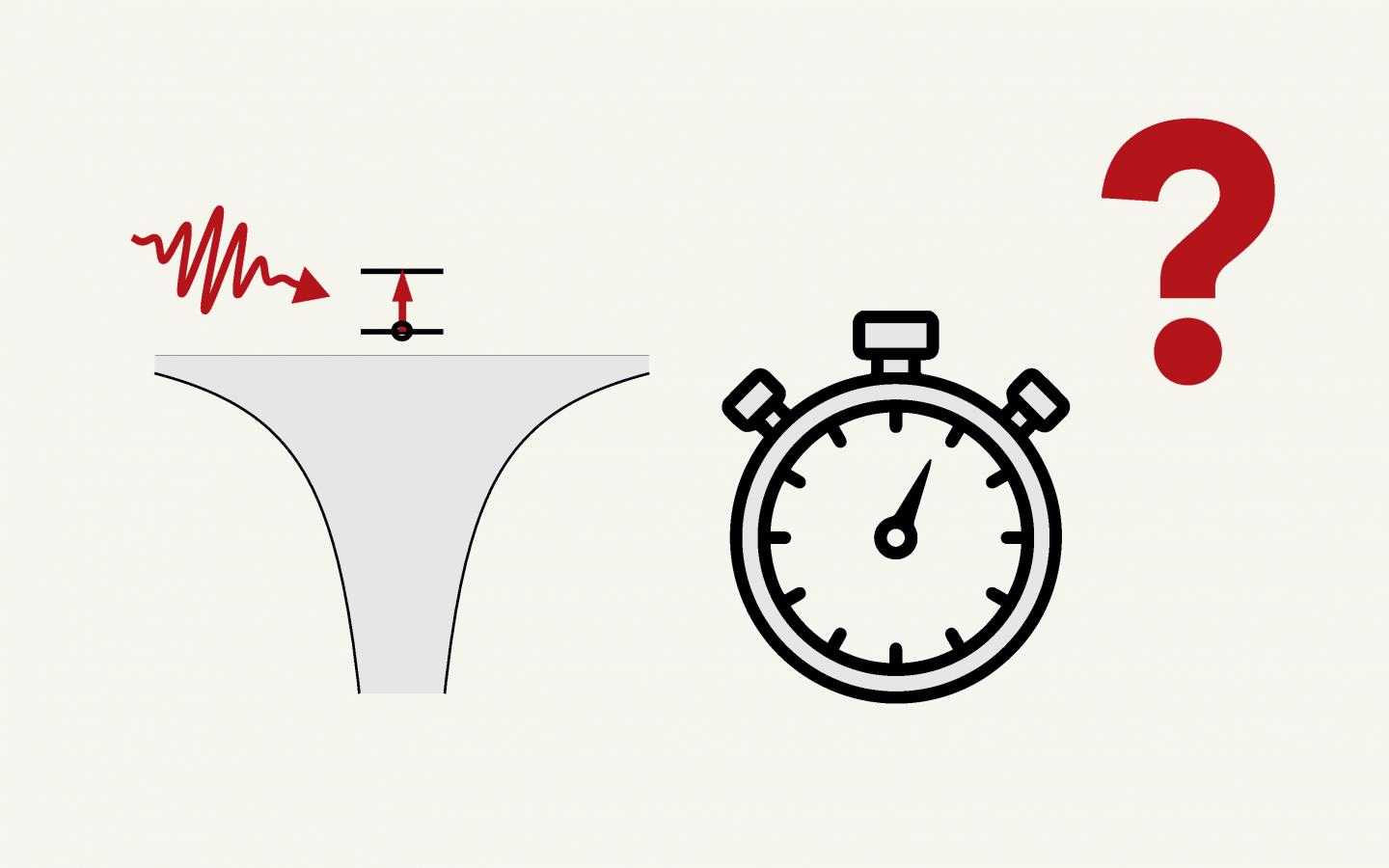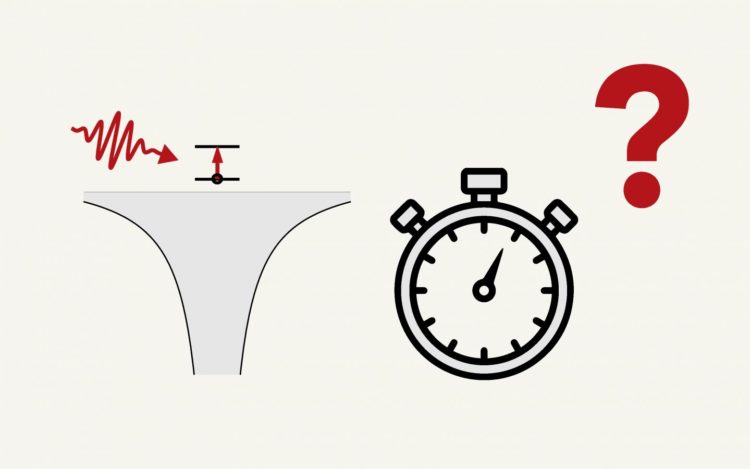The dynamics of electrons changes ever so slightly on each interaction with a photon; physicists at ETH Zurich have now measured such interplay in its arguably purest form

Credit: ETH Zurich/D-?PHYS, Jaco Fuchs / Sara Hartmann
The photoelectric effect, whereby photons impinging on matter cause the emission of electrons, is one of the quintessential effects of quantum mechanics. Einstein famously explained the key mechanism underlying the phenomenon in 1905, earning him the 1921 Nobel Prize in Physics. He built on a concept introduced merely five years earlier by Max Planck: electromagnetic energy is absorbed and emitted only in discrete packets — that is, in quanta. The quantum concept revolutionised physics. The photoelectric effect, for its part, has been explored in ever greater detail, and is nowadays exploited in applications ranging from solar cells to night-vision goggles. A shift in our understanding of the effect came in the past decade or so. Laser experiments made it possible to look directly at the intricate quantum dynamics that unfold at the attosecond timescale as electrons are removed from their parent system when they interact with light. However, time-resolved measurements of the photoionization process in its arguably purest form — the absorption and emission of single photons by a single unbound electron — remained elusive. Until now.
Writing in the journal Optica, Jaco Fuchs and colleagues in the Ultrafast Laser Physics group of Prof. Ursula Keller at the Institute of Quantum Electronics, working with collaborators in the US, Austria and Spain, report an experiment in which they measured for the first time how the absorption and emission of single photons alters the dynamics of an electron that is not bound to an atomic nucleus, but still feels its Coulomb potential. Introducing a novel experimental protocol, they found that the dynamics depends on the angular momentum of the photoionized electron: they measured a delay of up to 12 attoseconds between outgoing s- and d-electrons in helium. This is a subtle yet unmistakable signature of underlying quantum-mechanical effects. And they observed fundamental phenomena of classical origin, too: they measured phase changes that reflect that in d-electrons the outward propagation is slower than in s-electrons. This can be explained by the larger fraction of rotational energy and hence a lower radial energy in d-electrons.
Extracting the contribution of single photons
These results mark several ‘firsts’. The Keller group has pioneered various areas of attoscience, including the measurement of attosecond time delays in photoionsation, which arise as photoexcited electrons propagate in the potential of the parent ion, resulting in a measurable group delay. The measurement of these attosecond-scale time delays typically involves at least two photons, making it exceptionally difficult to extract the contribution of single photons. Fuchs et al. now found a way to do just that.
In their case two photons are involved too, one in the extreme ultraviolet (XUV) and the other in the infrared (IR) range. But they devised a fitting procedure that enabled them to extract from their high-quality data the amplitudes and relative phases of all the quantum pathways through which photoionsation proceeds in their system. In this way they were able to isolate the different contributions of the IR photons, which are the ones inducing transitions in an unbound electron (whereas the XUV photons ionise the atom, by transferring an electron from a bound state to the continuum).
Direct measurement of delays arising from Bremsstrahlung
Not only did the ETH physicists gain for the first time access to time delays from any one-photon transition. Theirs are also the first measurements of such time delays for the absorption and emission of photons by unbound electrons, a phenomenon known as (inverse) Bremsstrahlung. The experimental results are well reproduced by two independent theoretical methods Fuchs and colleagues employed. These simulations also provide evidence that some of the observed effects are universal, in the sense that they are independent of the atomic species of the parent ion.
This work illustrates that also 115 years after Einstein’s seminal work, the photoelectric effect does not cease to inspire. The tools introduced by Fuchs and co-workers provide new experimental capabilities for studying photoionization dynamics, both in atoms and in small molecules. Such studies could in turn provide a fuller understanding of photoemission time delays, in particular in the presence of interactions in the intermediate-to-long range.
###
Media Contact
Andreas Trabesinger
[email protected]
Original Source
https:/
Related Journal Article
http://dx.





